Solar panels are a great way to reduce your carbon footprint and start using more renewable energy, decrease your energy bills and take a step towards being more environmentally friendly.
The process of getting solar panels, though, can seem daunting. You’ll likely be wondering: how many solar panels do I need? Which model of solar panels should I get? How heavy are solar panels? With tips from Skylamp Solar, here’s everything that you need to know.
How To Calculate How Many Solar Panels Your Home Needs
The best way to work out how many solar panels you need is to find out how much electricity you use per year. You should be able to do this by looking at your electricity bills. Whatever number you come up with can then simply be divided by how much electricity the solar panels you’re considering can make each year using solar power. An average 350-watt solar panel can produce 265 kWh (kilowatt hours), for example.
However, there are some factors that can make this more complicated. Your roof may not be able to hold as many solar panels as you need, for one. You might not be able to afford the most effective solar panels, the correct solar panel installation for your home’s unique needs may not be available in your area, the cost of solar panels might be out of your budget, and you might not even know what kind of solar panels you need!
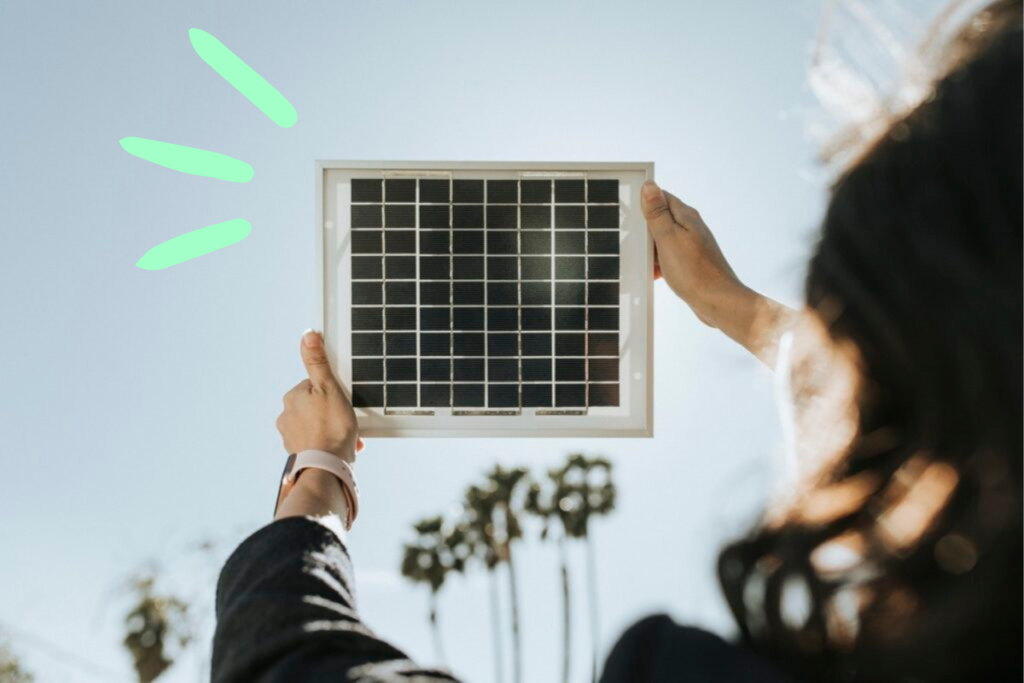
What Type Of Solar Panels Do You Need?
Once you’ve got the figures to calculate how many solar panels you need, you can start to determine what type of solar panels to get. This will be an important factor in determining the number of solar panels to purchase. When considering which solar panels you need, you should consider:
How Much Roof Space Do You Have?
It’s all well and good wondering ‘how many solar panels do I need?‘, but if you don’t work out how many solar panels you can fit, you’re going to wind up in a difficult position.
Generally, you’re best off hiring a professional to measure your roof space so that you can determine how many solar panels you can fit on it. On average, a solar panel will be about two square meters. So, once your roof space has been measured, simply divide the square meterage by two to determine the number of solar panels that you can fit up there. You will then be able to check to see whether it’s anywhere near the number of panels you need based on how much solar energy you require to produce power for your home (based on the average 350-watt solar panel).
If there is a discrepancy between how many panels you need and how many panels you can fit, do not fret.
Bear in mind that the more solar panels you need the more bird proofing you will need!
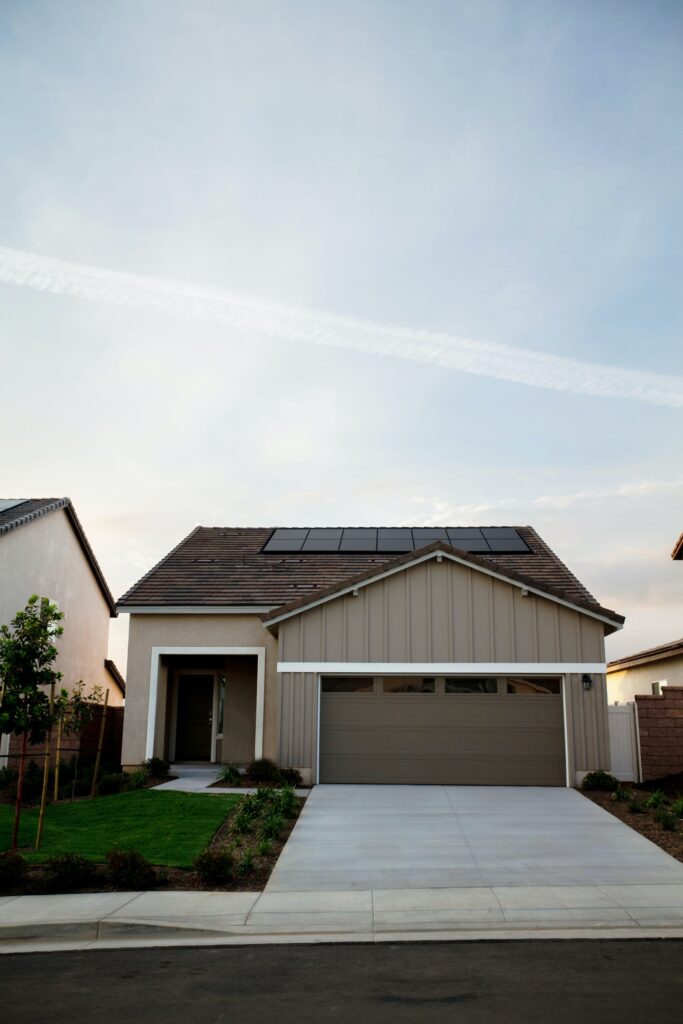
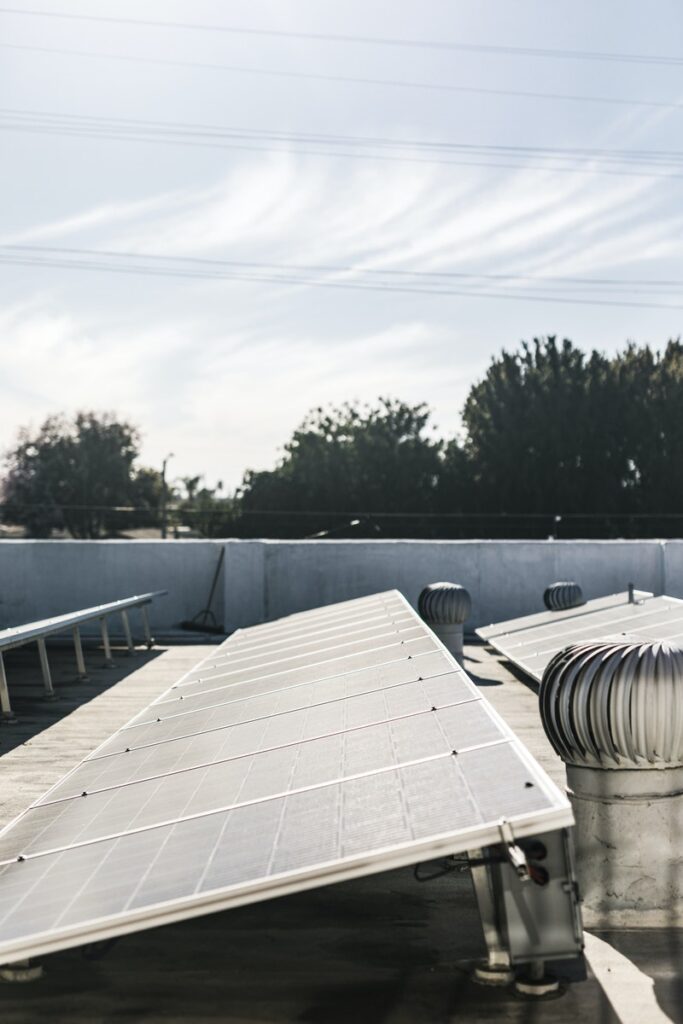
What Wattage Of Solar Panel Do You Need?
You should now know how much power you need your solar panels to produce, and how many 350-watt conventional solar panels you would need installed in order to achieve that. If there is an issue with how many panels you can fit, though, you can choose to opt for a different model of solar panel. This will allow you to install fewer panels and still achieve the same energy levels a bigger solar system with more solar panels would be able to achieve.
It is important to be sure that you know your household energy usage, before you carry on. If you’ve been using an average one bedroom house for measurement, at this point it is worth contacting your provider to find out exactly how much energy you use per year. Installing solar panels is an expensive job, and the last thing you want is to have your residential solar panels installed only to need them changing when you realise how much electricity you actually need!
Panelit Solar’s website states that there are a huge number of solar panels on the market, and to calculate which wattage you need (and that will fit on your roof) you should do the following calculation:
- roof space (in square metres) divided by solar panel size (in square metres, usually 2) = how many solar panels
- annual energy usage (kWh) divided by how many solar panels = the necessary kWh for each solar panel
From there, you can search for panels that suit your roof space and your home.
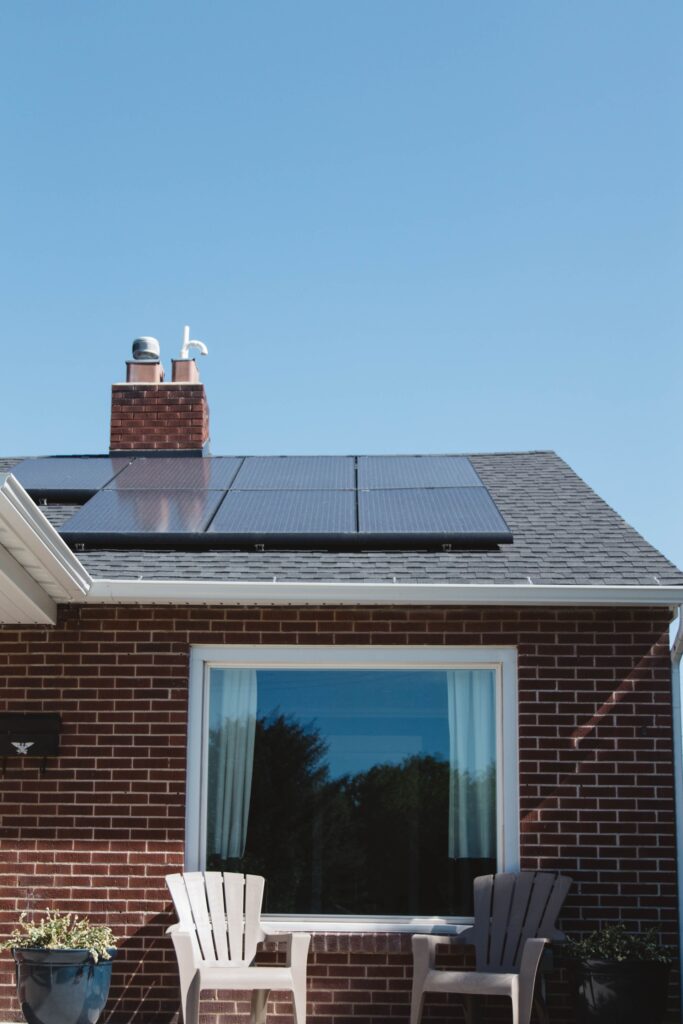
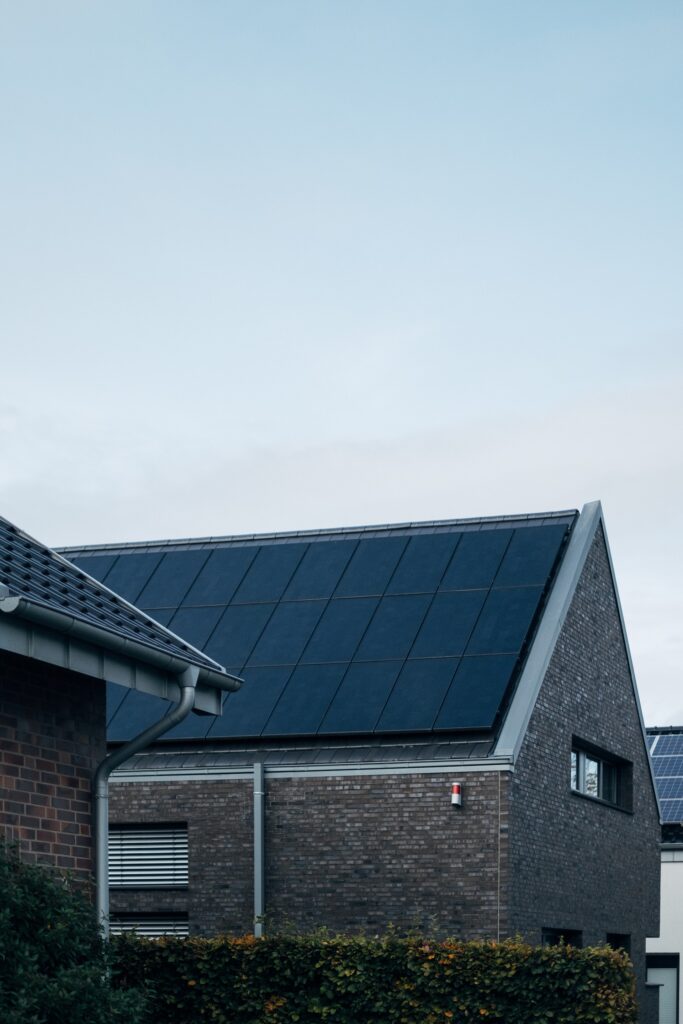
What Type Of Solar Panels Are Needed?
There are two main types of solar panels:
- monocrystalline
- polycrystalline
You will need to decide between the two when looking at getting a solar system installed. The differences between the two are:
- Monocrystalline has a higher efficiency rate, meaning they may help to reduce energy bills further. The efficiency rate is 15 to 20% in comparison to polyscrystalline’s 13 to 17%.
- Monocrystalline requires less space to install.
- Monocrystalline is less affected by whether, but it does have a lower performance in high temperatures.
- Monocrystalline is the most expensive solar panel type.
- Polycrystalline is cheaper.
- Polycrystalline is much more temperature tolerant
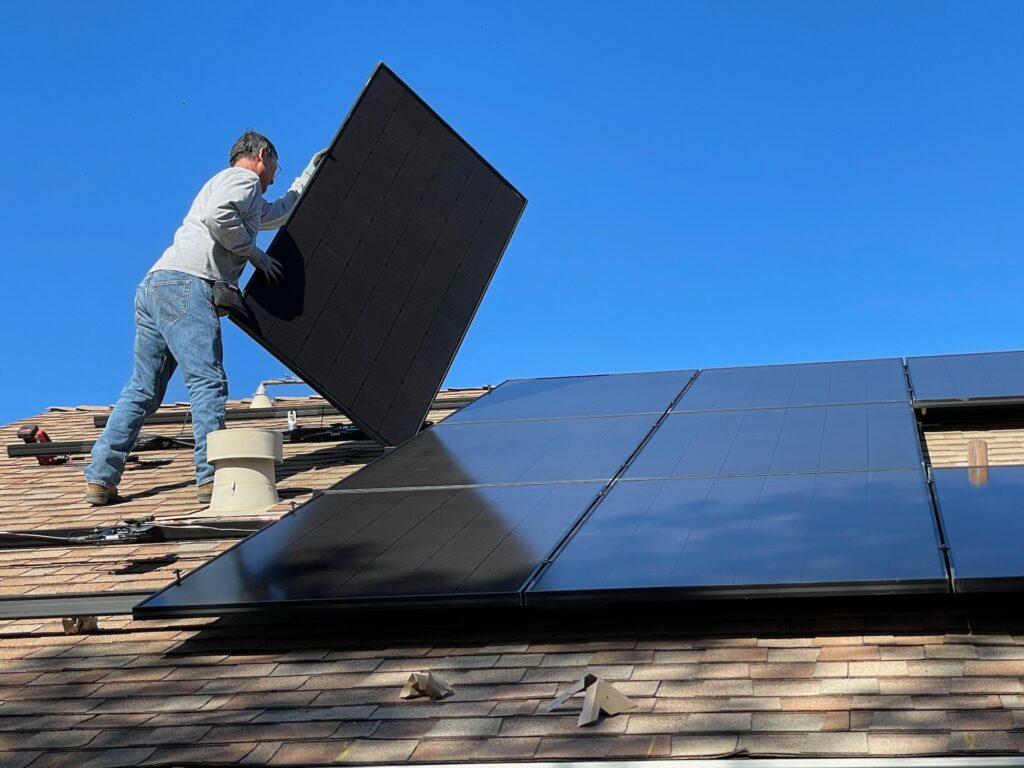
Should I Get A Solar Battery?
A solar battery storage unit can be really worthwhile when getting solar panels installed. A solar battery is a part of a solar panel system that stores the solar power that the solar pv panels produce. This increases how much solar power you can use, and reduces your reliance on the national grid. Your solar panel installer should be able to install a solar battery for you, although it may cost extra.
Installing a solar battery as a part of your solar panel system can help to reduce your carbon footprint and increase the cost efficiency of your solar PV system by increasing how much electricity you actually use from the solar PVpv system rather than the National Grid.
Next up, a very modern-day concern; ensuring your home is properly energy efficient, even when you’re on holiday. Do check it out sometime.





